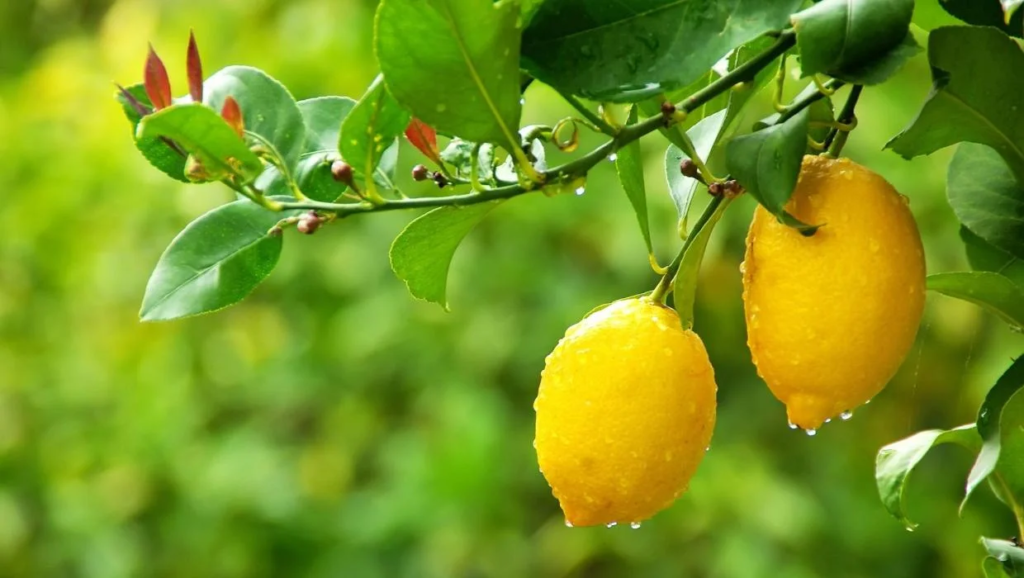Citrus Masterclass: How to Grow Citrus in Any ClimateBy Benedict Vanheems
Citrus fruits are a gardener’s dream: fragrant blossoms, glossy green leaves, and sweet-tangy fruits that evoke endless sunshine. From lemons and limes to oranges, grapefruits, and exotic varieties like kumquats and kaffir limes, citrus plants offer beauty and bounty. For those intrigued by the idea of growing citrus, expert tips can make the journey rewarding—no matter where you live.
I embarked on my citrus-growing adventure by visiting Dr. Shahnaz Camatchee, an inspirational gardener with a citrus-packed garden in London. Her insights revealed that with the right care, anyone can enjoy a thriving citrus collection.
Best Citrus for Beginners
If you’re just starting, lemons are your best bet. They’re hardy (tolerating temperatures as low as 23°F/-5°C) and produce fruits year-round. It’s possible to have flowers, young fruit, and mature lemons on the same plant at once. A single lemon tree can make store-bought lemons a thing of the past!

Where to Grow Citrus
Citrus thrives in warm, sunny locations, so a sunny garden, greenhouse, or sunroom is ideal. In warmer climates, plant citrus in the ground. For cooler regions, use containers and offer winter protection, such as garden fleece or bubble wrap.
When growing in pots, a soil-based potting mix with 20% grit ensures proper drainage. Gradually repot as the plant becomes rootbound, ideally in spring. In warmer climates, ripe lemons may stay green because color change depends on winter’s cooler temperatures. To know if fruit is ripe, gently press it—if it dents, it’s ready to harvest.
Watering Tips
Citrus loves rainwater, so collect and use it if possible. Regularly check container plants, watering thoroughly when dry, but avoid waterlogging. During winter, reduce watering frequency and let the soil dry slightly between sessions. Use lukewarm water for added comfort.
Dr. Shahnaz recommends a moisture meter to prevent overwatering, which is a common mistake. Ensure pots have plenty of drainage holes and are raised off the ground with pot feet. For indoor plants, mist them occasionally to maintain humidity.

Feeding Citrus
Proper feeding is essential for healthy citrus growth. During the growing season, apply a balanced fertilizer with every watering. In winter, switch to a specific citrus feed once a month to support fruit development.
Shahnaz swears by an unconventional fertilizer—water from her fish tanks. The nutrient-rich water has supercharged her plants’ growth and fruiting, eliminating her need for commercial feeds.
Tackling Pests: Mealybugs
Mealybugs are a common citrus pest. Shahnaz’s organic solution is diluted Castile soap: mix 15ml into one liter of water and spray onto leaves. Use this method preventatively or when pests appear.

Propagating Citrus
Expand your citrus collection for free by taking cuttings. Use a sharp knife to prepare 5–8-inch cuttings, removing lower leaves. Dip the stems in rooting hormone and plant them in a free-draining mix of potting soil and perlite. Cover with a plastic bag to create a humid environment, placing it on a bright, indirect windowsill. Once new growth appears, transplant the cuttings into individual pots.

The Joy and Benefits of Citrus Growing
Citrus trees don’t just produce delicious fruits; their leaves can flavor teas, salads, and cooked dishes. Beyond culinary uses, gardening itself offers significant mental and physical health benefits. As Shahnaz, a doctor, notes, “Gardening releases good chemicals, brings joy, and is immensely therapeutic. It’s why I prescribe gardening to patients.”
With these tips, you can grow citrus in any climate and enjoy the beauty and rewards of these remarkable plants. Let your citrus journey begin!